Blog
Preventing Food Recalls
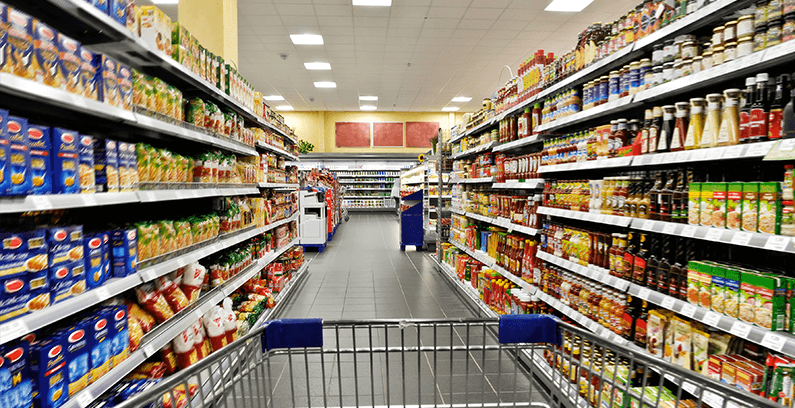
Food recalls present a significant challenge to food production operations. While companies strive to use resources throughout their supply chains efficiently, they face gaps in processing, contamination, which lead to costly recalls, loss of reputation, and potential litigation.
In the face of possible recalls, food production facilities need to identify and address the major causes of these events. Understanding weak points and mitigating risks with defined production practices can reduce the potential for recalls, protect consumers, and safeguard brand integrity.
Why Is It Important to Prevent Food Recalls?
Food recalls can involve sickness and fatalities based on a flaw’s severity, so consumer safety is the primary reason for preventing food recalls. Beyond safety concerns, preventing food recalls is essential to the success of your business and the economy at large. Even a recall free from illness and fatalities can lead to millions of lost dollars.
Based on a study from 2011, the average cost of a recall is $10 million, but this study is still over a decade old. It fails to acknowledge stricter standards enforced by the Food and Drug Administration (FDA) Food Safety Modernization Act (FSMA), and it doesn’t account for inflation costs over time. While $10 million may have been a benchmark for food recall costs over ten years ago, it’s setting a low bar today.
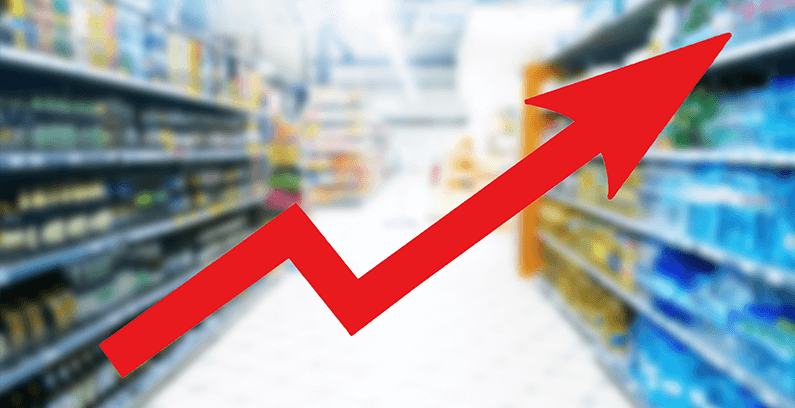
The challenging aspect of food recall costs is where the losses originate. Direct costs for recalls include:
- Product retrieval
- Notification to consumers, supply chain, and regulatory bodies
- Storage
- Product destruction
- Losses from unsalable product
- Labor costs to manage the above processes
- Investigation for the root cause of the recall
These costs may seem like an enormous responsibility on their own, but these only relate directly to responding to the recall. Indirect costs associated with product recalls can include potential litigation, required governmental oversight, lost sales, a decline in your company’s market value, and damaged brand reputation.
Once your company has a reputation for selling unsafe food items, consumers are more likely to stop buying your products for a period of time or altogether. If you have more than one food recall to your name, recovering your reputation and the money spent can be an insurmountable challenge.
To mitigate massive losses, companies need to identify stronger food safety programs to deliver safe food products.
Leading Causes of Food Recalls
With growing regulations in place to identify faulty food items, the probability of food recalls has increased. In the United States, the leading types of food recalls include product contamination, misbranding, and unreported allergens. These food recalls all relate to gaps in quality control processes, whether the quality issues are present in production itself, suppliers, or the packaging lines.
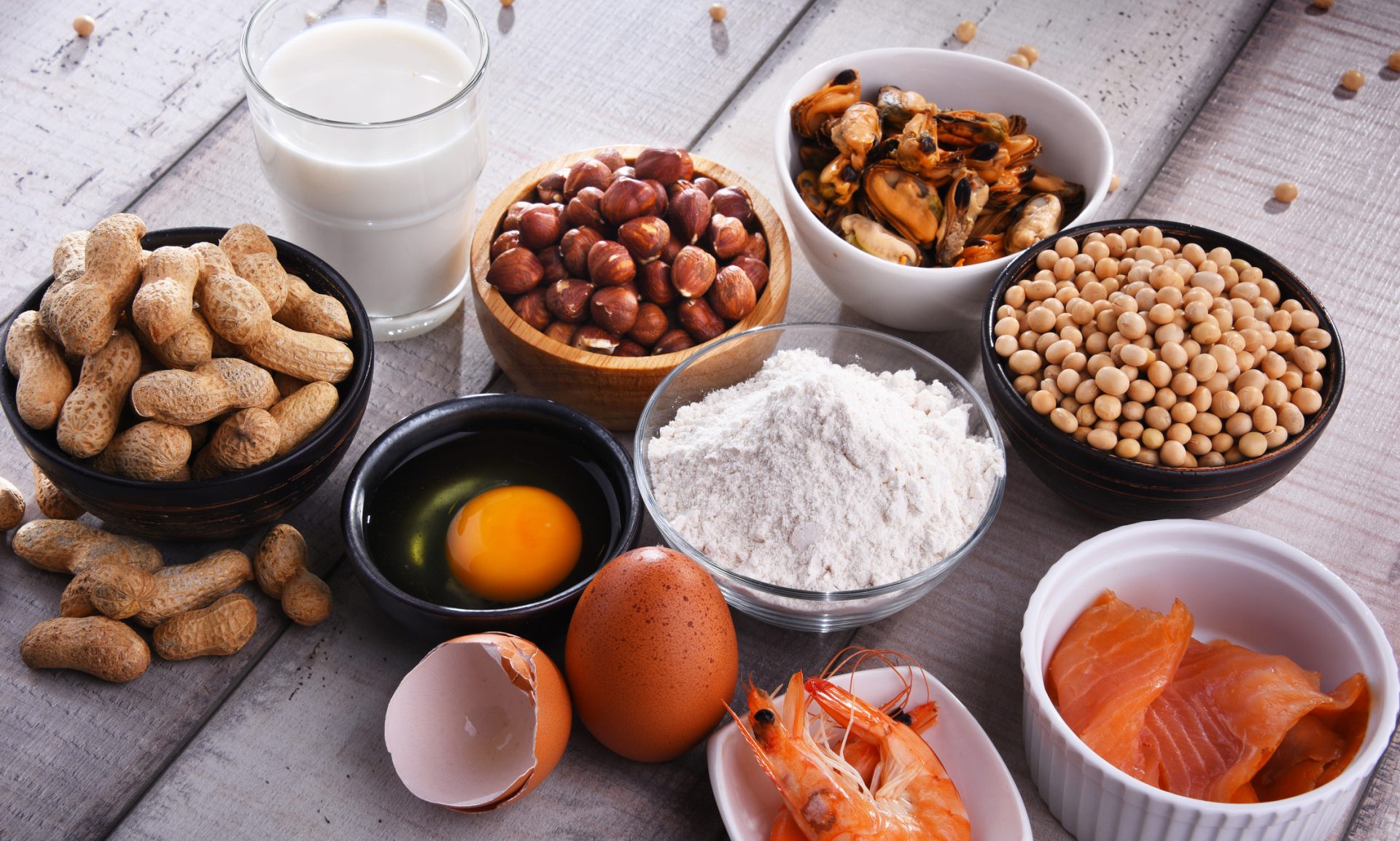
Major contributions to food recalls in production facilities include a range of factors:
Deficiencies in Production and Monitoring
Production facilities must have outlined processes and procedures for efficiency and compliance. Good Manufacturing Practices (GMPs), for example, is a defined system for quality control. If operations fail to comply with these practices, they are far more likely to experience food quality concerns.
Companies also rely on Standard Operating Procedures (SOPs) within their facilities. These SOPs contribute to process efficiency, quality control, and product uniformity. When there’s a lack of accountability for following these procedures, product quality may be lacking and increase the potential for recalls once they reach consumers.
Deficiencies in production and monitoring are among the most significant food recall causes. Gaps in processing may lead to mislabeled products, undeclared ingredients, and sanitation concerns.
Cross-Contamination
Cross-contamination involves the unintentional transfer of chemical contaminants, microorganisms, and other foreign substances from people, food, and objects to food products. Typically, cross-contamination results from shortcuts in the production process and failing to keep tools, equipment, and uniforms clean.
An example of cross-contamination is using tools for raw meat, failing to clean them, and applying the same tools to ready-to-eat products. This shortcut in processing can lead to a transfer of pathogens.
Cross-contamination is also a significant contributor to unreported allergen recalls. If your equipment comes in contact with tree nuts and you use it for another product that does not contain this ingredient, those with allergies are at risk. This issue is particularly significant when labels do not report the possibility of tree nut contamination in manufacturing.
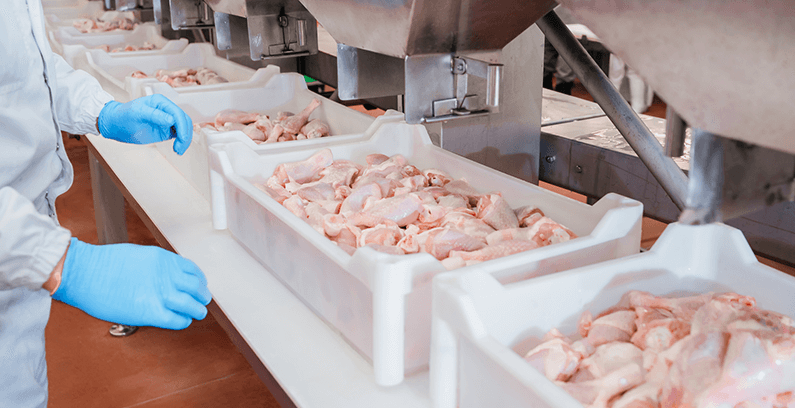
Pathogens
While pathogens can come from a lack of cleanliness in production, many pathogens originate from animals and raw agricultural goods. Food production facilities typically rely on suppliers to provide raw meats and agricultural goods, pointing to the importance of supplier screening and validation.
Since your suppliers can cause food recalls that cost your company millions, you should trust them to deliver pathogen-free items. Possible pathogens can include Salmonella, Listeria, and E. coli.
Physical Contamination
Non-food items in food products lead to immediate recall. Pests, glass, and metals are all common items that can contaminate food products during processing. These contaminants can enter food when machines break down or when human error occurs during processing. Contaminants can also be a result of limited screening by suppliers.
Preventing Recalls With Food Process Traceability
Food process traceability offers hope for mitigating food recalls. Supply chain traceability identifies and tracks product elements as they move their way through production — from sourcing raw goods to creating a final product. Traceability is key to identifying contamination before it reaches the market, protecting your company’s reputation, and saving your operation millions of dollars.
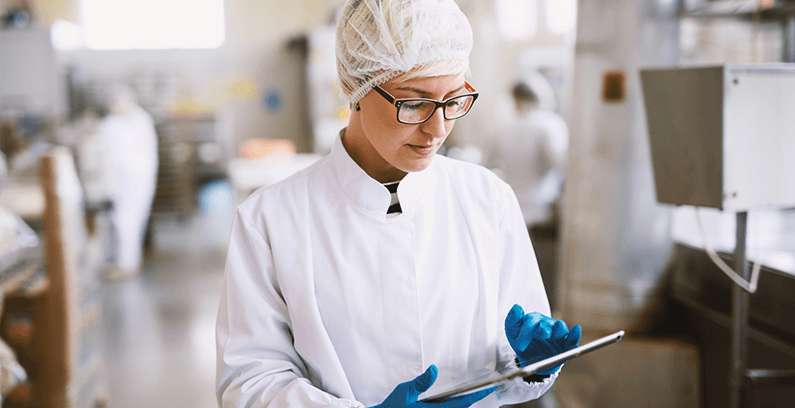
Implementing traceability is essential for any food processing operation, but there are other techniques you can introduce to your production line to reduce recall risk. These practices include:
- Cleaning and Sanitation: From cross-contamination to physical contaminants, cleaning and sanitation are critical for minimizing potential health concerns. Your SOPs should include defined sanitation procedures. You may also maintain separate tools and machinery for specific products to prevent unreported allergens. Asking your suppliers to identify their cleaning processes can add additional transparency to your supply chain.
- Hazard Analysis and Critical Control Points (HACCP) Programs: HACCP programs aim to identify, analyze, and control chemical, biological, and physical hazards in production. These programs, paired with traceability, can help you catch mistakes before you release products to the public and allow your team to learn from these near-misses. Learning from hazards enables you to adjust your processes and prevent them in the future.
- Documentation: Documenting everything is vital for tracking your production process from beginning to end. Use your documentation as a reference for your HACCP programs and SOP development to ensure you’re applying all standard practices. Documentation is also valuable for complying with various regulatory bodies.
- Validation: Validation is a way to double-check product quality, and it’s a valuable aspect of quality assurance practices. Product validation varies depending on the stage of the production process. You may use X-ray equipment to detect physical contamination following processing. Your team may test raw agricultural goods for pathogens or chemical toxins before working with them. Identifying and implementing many forms of validation will offer the confirmation you need as products move through the supply chain.

Turn to Charm Sciences for Verifying Food Safety Practices
At Charm Sciences, we provide the tools food production facilities need to validate and verify their food safety practices. Our testing kits and equipment allow operations to detect harmful chemical contaminants, such as allergens, pesticides, antibiotics, and mycotoxins, and to verify sanitation using rapid ATP tests and indicator tests. Integrating these tools into your SOPs can verify your suppliers and track products as they move through processing.
Our solutions are essential to quality assurance programs across industries. Explore our products today, and contact our team to learn more about our solutions.
About Charm Sciences
Established in 1978 in Greater Boston, Charm Sciences helps protect consumers, manufacturers, and global brands from a variety of issues through the development of food safety, water quality, and environmental diagnostics tests and equipment. Selling directly and through its network of distributors, Charm’s products serve the dairy, feed and grain, food and beverage, water, healthcare, environmental, and industrial markets in more than 100 countries around the globe.
